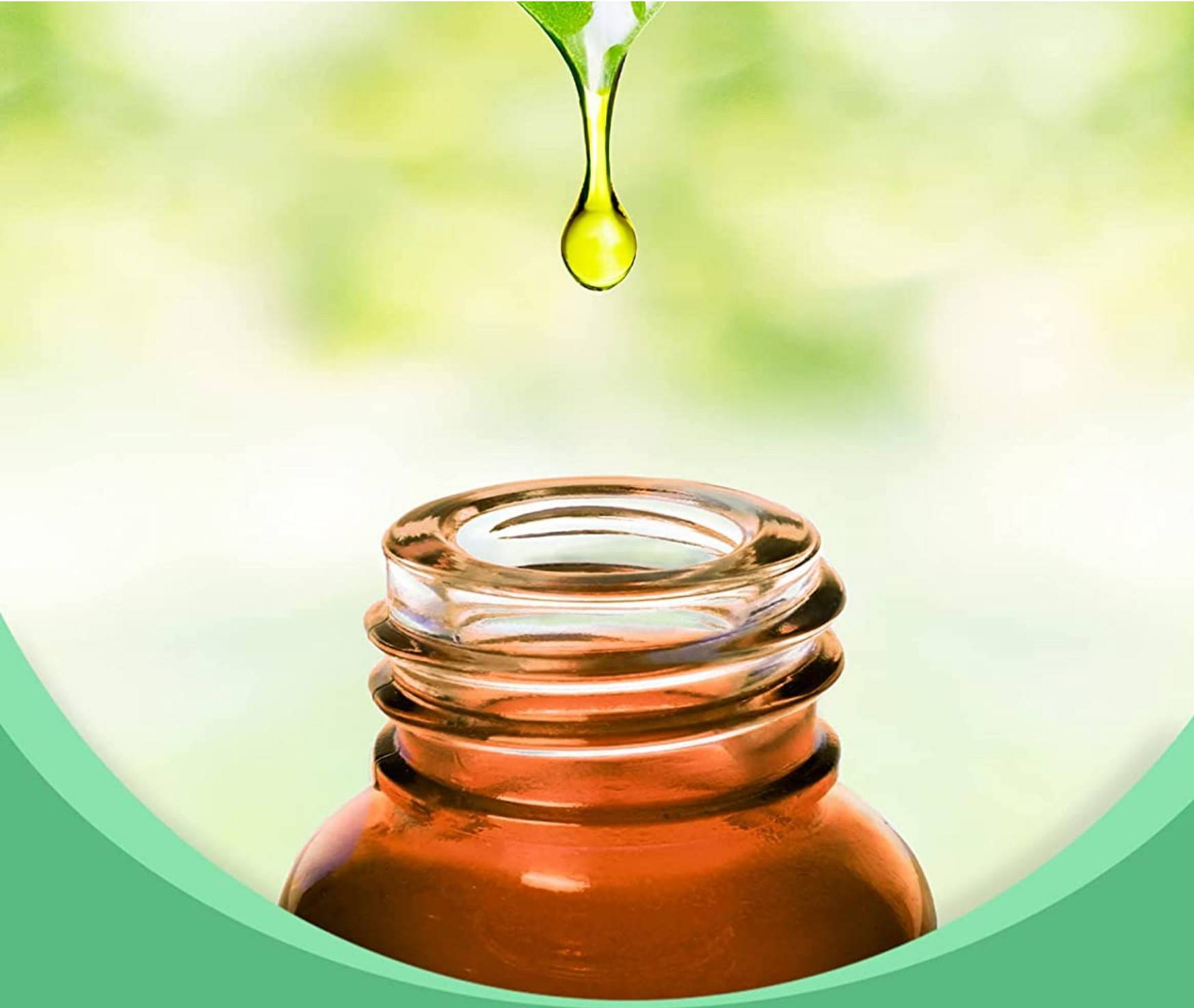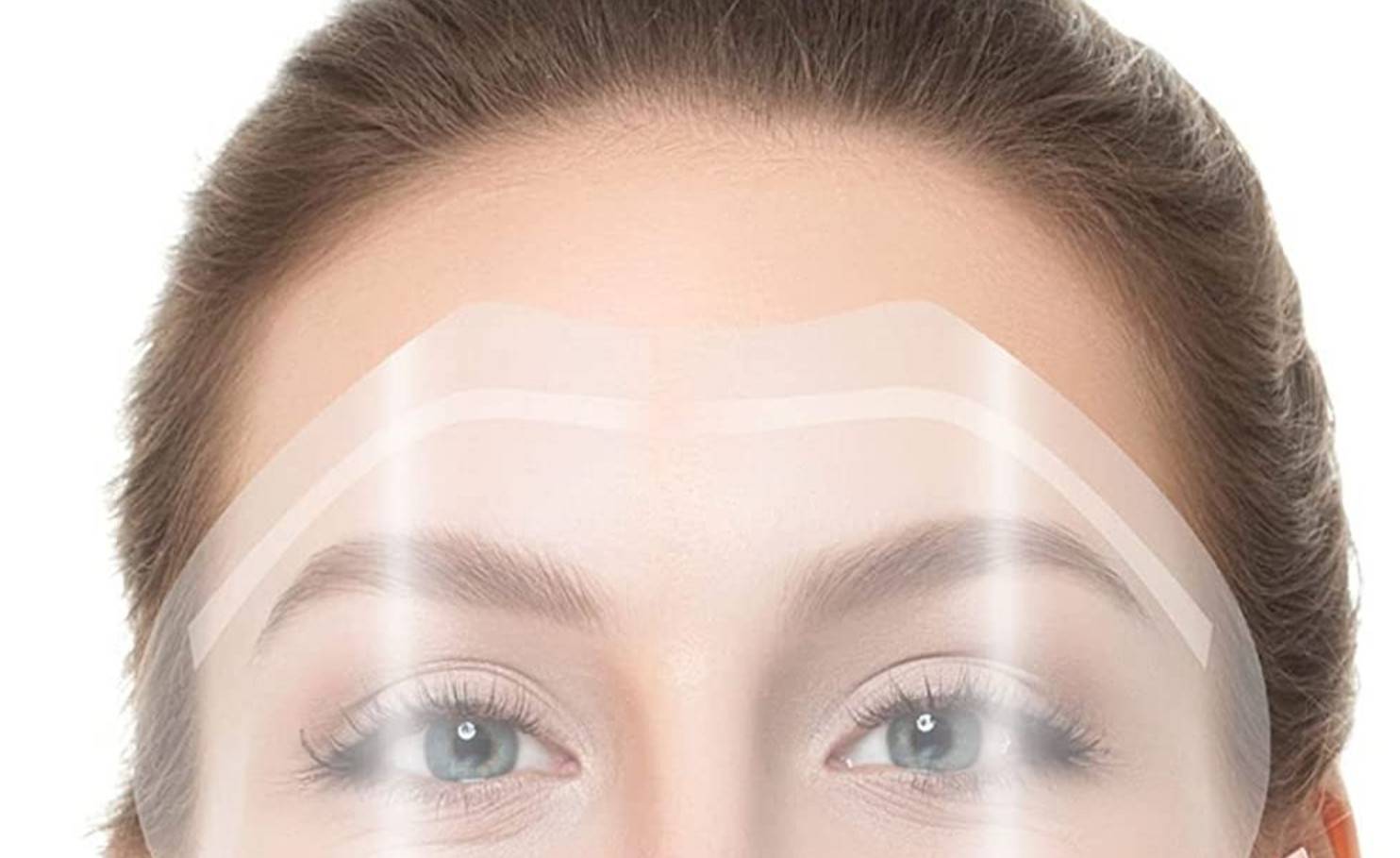Bathroom and Toilet
Cleanliness is like a person. But some of us also become this disease, I hope you are not one of them.
We review the products you use most often for your bathrooms and toilets. By finding auxiliary bath products for children, teenagers, or adults, we categorize them according to comparison or usage areas so that you can make the right choice.
We are looking for products that you can use in your bathroom, such as personal care, health, homemade. These can sometimes be decorative and sometimes cleaning products. We do this both for ourselves and for those who like to research before buying a product like us. That's why we opened this web page.
What Is The Definition Of A Bath?
A bath is an act of immersing oneself in water, typically for the purpose of cleansing, relaxation, or therapeutic benefits. It involves submerging the body in a tub, container, or natural body of water, allowing water to come into contact with the skin and often involving the use of soaps, salts, or other cleansing agents. Baths hold cultural and historical significance, with practices varying across civilizations and eras.
Beyond basic hygiene, baths offer a range of practical benefits. They cleanse the skin by removing dirt, sweat, and dead cells, promoting skin health. Warm baths can improve blood circulation through the dilation of blood vessels. Baths also contribute to stress relief and relaxation, offering a serene space to unwind. In sports and physical recovery, cold baths can reduce inflammation and aid muscle recuperation.
Culturally, baths have played vital roles in societies worldwide. From the Roman bathhouses as social hubs to the Japanese onsen as communal relaxation spaces, baths bring people together. The therapeutic aspect, known as hydrotherapy, involves using water's temperature and pressure to alleviate various conditions.
In essence, a bath encompasses more than a mere cleansing ritual; it embraces history, culture, and well-being, delivering physical and mental rejuvenation through the simple yet transformative act of immersion.
How Is A Bath Different From A Shower?
A bath and a shower are both methods of cleansing the body using water, but they differ in the way water is applied and the overall experience they provide.
Bath:
A bath involves filling a bathtub or a container with water and immersing the body in it. The person sits or reclines in the water, allowing it to cover most of their body. Baths are known for their relaxation and therapeutic benefits. They offer a leisurely and immersive experience, often accompanied by bath salts, oils, or bubbles to enhance the sensory enjoyment. Baths are conducive to longer periods of relaxation and can be a space for reflection and tranquility. They are particularly effective for relieving stress, soothing sore muscles, and promoting mental relaxation.
Shower:
A shower, on the other hand, involves standing under a stream of water that is directed from an overhead or handheld showerhead. Showers are generally quicker and more efficient for daily cleansing. They provide a practical way to rinse off sweat, dirt, and soap residues. Showers are commonly chosen for their convenience, especially when time is limited. Additionally, showers are often perceived as more water-efficient compared to baths, as they use less water.
The choice between a bath and a shower depends on personal preferences, time constraints, and specific needs. Baths offer a luxurious and indulgent experience, while showers prioritize efficiency and practicality. Both methods have their own unique advantages and can cater to different moods and situations.
What Are The Benefits Of Taking A Bath?
Taking a bath offers a range of valuable benefits for both the body and mind. Firstly, baths are an excellent way to relax and unwind. The warm water soothes muscles and helps to alleviate stress, creating a tranquil environment that encourages relaxation after a long day.
Moreover, baths contribute to better sleep quality. The relaxation induced by the warm water helps to lower cortisol levels, promoting a calmer state of mind conducive to improved sleep patterns. This can lead to more restful nights and increased overall well-being.
Skin health is also positively affected by baths. The warm water opens up pores, allowing for effective cleansing and removal of impurities. This can result in clearer skin and reduced risk of acne and breakouts.
For individuals with muscle soreness or tension, baths can act as a natural remedy. The warm water helps to increase blood circulation, aiding in the recovery of sore muscles and reducing stiffness.
Mentally, baths offer an escape from the hustle and bustle of daily life. It's a chance to disconnect from technology and distractions, providing an opportunity for introspection and mindfulness.
Incorporating bath salts, essential oils, or other additives can enhance the experience further, offering aromatherapy benefits that can uplift mood, ease anxiety, and promote relaxation.
To sum up, the benefits of taking a bath encompass relaxation, improved sleep, skin rejuvenation, muscle recovery, and mental rejuvenation. It's a simple yet powerful practice that contributes to overall well-being in various ways.
How Does Taking A Bath Contribute to Relaxation and Stress Relief?
Taking a bath contributes significantly to relaxation and stress relief through a combination of sensory and physiological mechanisms. The warm water in a bath helps to ease muscle tension, promoting a physical sense of relaxation. As the body is submerged, buoyancy reduces the impact of gravity on joints, muscles, and the skeletal system, fostering a feeling of weightlessness that eases physical
stress.Moreover, the warmth of the water prompts blood vessels to dilate, improving blood circulation. This not only aids in the delivery of oxygen and nutrients to tissues but also encourages the removal of waste products, further relaxing the body. The calming effect of water immersion triggers the release of endorphins – the body's natural "feel-good" chemicals – which contribute to an overall sense of
well-being.Psychologically, the act of taking a bath provides a dedicated time for self-care and mindfulness. The serene environment, often enhanced by calming scents from bath products, stimulates the parasympathetic nervous system – responsible for the "rest and digest" response. This counters the effects of the sympathetic nervous system, which triggers the body's stress response.
As individuals immerse themselves in the bath, they are prompted to disconnect from external stressors, fostering a mental break. The rhythmic sound of water and the comfort of warmth create a meditative ambiance, allowing the mind to unwind and reducing mental stress.
What Is The Definition Of A Toilet?
A toilet is a sanitary fixture or plumbing apparatus designed for the disposal of human waste and its subsequent transport to a sewage system or septic tank. It typically consists of a bowl or seat, a water tank, and a flushing mechanism. The primary purpose of a toilet is to provide a hygienic and convenient means for individuals to eliminate bodily waste.
Toilets are an integral part of modern sanitation systems, promoting public health and environmental sustainability by safely managing human waste. They function by using water or a dry composting system to transport waste away from the user and into a sewer or septic system.
In addition to their basic functionality, toilets often incorporate features for user comfort and hygiene, such as toilet paper holders, bidets, and sanitary flush systems. They come in various styles, including traditional gravity-flush toilets, pressure-assisted toilets, and waterless or composting toilets, each with its own mechanism for waste disposal.
The definition and design of toilets have evolved significantly throughout history, reflecting advancements in plumbing, sanitation, and water conservation. Today, toilets play a vital role in maintaining public health and providing individuals with a convenient and sanitary means of waste disposal, contributing to improved living conditions and environmental protection.
How Does A Toilet Work?
A toilet operates through a straightforward yet ingenious mechanism. When the flush lever is pressed, it initiates a chain reaction of actions within the toilet tank. This process is driven by the principles of gravity and water pressure.
Upon pressing the flush lever, a flapper valve at the bottom of the tank lifts, allowing water to rush into the toilet bowl. This water creates a surge that forces waste and water in the bowl through a trapway and into the sewer system. The siphoning effect ensures efficient disposal of waste.
As the tank empties its contents into the bowl, the flapper valve closes, and the tank refills with water. A float ball or cup connected to the fill valve rises with the water level. Once it reaches a specific height, the fill valve shuts off, preventing the tank from overflowing.
In the tank, there's a flush valve that releases water from the tank into the bowl. This refill not only readies the toilet for the next use but also maintains the water seal in the trapway, preventing sewer gases from entering the bathroom.
The operation of a toilet hinges on the synergy between gravity, pressure, and valves. It's a simple and effective process that has become an essential part of modern sanitation systems, making our lives more convenient and hygienic.
What are the different components of a toilet, such as the bowl, tank, and flushing mechanism?
A toilet comprises several essential components that work together to facilitate efficient and hygienic waste disposal. These components include the bowl, tank, and flushing mechanism.
The toilet bowl is the visible part where waste and water interact. It is designed with a curved shape and a water trap that prevents foul odors from escaping into the bathroom. The bowl is connected to the drainpipe that carries waste away from the toilet.
The toilet tank, also known as the cistern, is usually located at the back of the bowl. This reservoir holds the water needed for flushing. It is equipped with a filling mechanism, such as a float and valve system, which controls the water level in the tank.
The flushing mechanism plays a pivotal role in removing waste from the bowl. When the flush lever is activated, it lifts a flapper or valve at the bottom of the tank. This allows water to rush from the tank into the bowl, creating a siphon effect that carries waste through the trap and into the drainpipe.
In addition to these core components, there are other parts like the flush lever, which is typically located on the side of the tank and is used to initiate the flushing process. There's also the flush valve that controls the flow of water from the tank to the bowl, and the refill valve that regulates the water supply to the tank after flushing.
Overall, the integration of these components enables a toilet to effectively and cleanly manage waste disposal, maintaining sanitation and convenience in modern households and public facilities.
How Has Toilet Technology Evolved Over Time?
Toilet technology has undergone remarkable evolution throughout history, transforming from basic facilities to advanced systems that prioritize hygiene, comfort, and sustainability. In ancient civilizations, sanitation consisted of basic pit toilets or latrines. However, as societies progressed, so did toilet technology.
The Roman Empire introduced communal public toilets with flowing water to flush waste. The Middle Ages saw the emergence of chamber pots, while the Renaissance brought advancements like water closets with primitive flushing mechanisms.
The 19th century marked significant progress with the invention of the flush toilet by Sir John Harington. Further innovations came with the incorporation of S-shaped pipes to prevent sewer gases from entering homes.
In the 20th century, indoor plumbing became commonplace, accompanied by more efficient flush mechanisms. The advent of dual-flush systems in the late 20th century addressed water conservation concerns.
Today, toilet technology focuses on smart toilets equipped with sensor-activated flushing, self-cleaning mechanisms, and even built-in bidet functions for enhanced hygiene. Water-saving designs are now integral, reducing environmental impact.
Advancements extend to composting toilets that convert waste into usable fertilizer, benefiting sustainable living and off-grid situations. Additionally, innovations in material usage and waste treatment contribute to minimizing ecological footprints.
In essence, toilet technology has evolved from primitive sanitation solutions to sophisticated systems that prioritize comfort, hygiene, water conservation, and environmental responsibility. The journey from ancient latrines to modern smart toilets showcases human ingenuity and the pursuit of improved sanitation for all.











